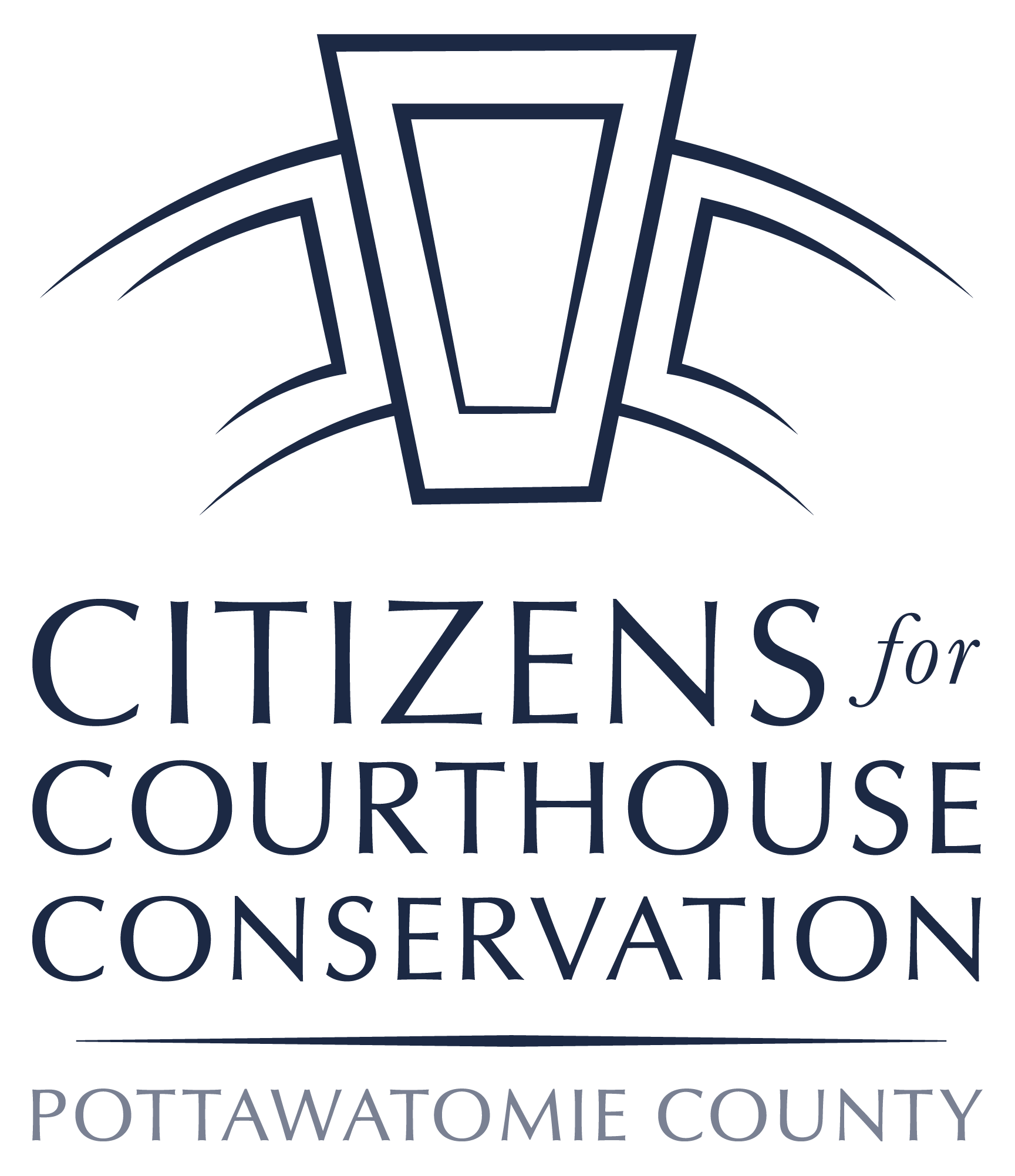06 Jul Restore or Raze, That is the Question for this Historic Court House
Westy Official Weekly
A special informational meeting to discuss the future of the Pottawatomie County Courthouse and other facilities needs will be held at 7 p.m. July 6 in the Sunflower Room, 612 East Campbell, Westmoreland. The meeting will be preceded by an open house and walk-through of the courthouse from 6-6:45 p.m. County Commissioners approved the special meeting as a means of providing information on the cost of restoring the 1884 structure to functionality versus replacing it with a new consolidated office building. Clint Hibbs of BG Consultants, who conducted a recent long-range Facilities Master Plan for the county, will be present at the meeting. The Facilities Master Plan outlined six possible scenarios to meet the 20-year facilities needs of the county, and recommended one in which the courthouse is replaced with a new office building to consolidate county department currently located in several difference locations in Westmoreland. Since then, several residents have come forward to urge the commission to preserve the structure, the second oldest courthouse in Kansas. Commissioners have made no decision on the facilities plan nor the future of the courthouse, but have indicated their decision will be guided by efficiency and the best use of taxpayer dollars. This court house has more history than just being the second oldest court house in Kansas. In the book written by Michael Zabel, he covers how this beauty of a building was moved roughly 12 miles from Louisville, Kansas to its current location in Westmoreland. This, by no means, was an easy task. On September 29, 1882, James F. O’Daniel, a farmer-rancher south of Westmoreland was in Louisville supposedly on business. Also in town that morning was a friend of O’Daniel’s by the name of Elihue McMuray, who was a livestock buyer from the Moodyville area. Frank O’Daniel learned that Sheriff Graham was out of town that particular day and would not be returning until at least Monday. O’Daniel knew that this was the day they had been waiting for. He immediately found McMurray and sent him on horseback north to inform the citizens of Westmoreland that the time had come. Around noon, McMurray began to inform those who had wagons and horses to meet near Brush Creek, south of Westy near the Kenech farm as soon as possible. He started with the Adam Scott’s who lived south of Westmoreland, then proceeded up the valley to the McKimens’, Zabel’s, Grutzmacher’s, Comforts’, and so on. There are several residents that recall the event and explained how it took place overnight. Louisville residents were upset, but could not do anything because Sheriff Graham was not in town, so little could be done. By noon on the following day the wagons finally reached Westmoreland. Later that day the townspeople of Westmoreland staged a minicelebration and a short parade was held, along with a big bonfire and many speeches. This historic building has stories that encompass the walls and hallways that could be passed on not just by photographs, but by restoration and people actually viewing the building in real time. Yes, it is an emotional vote. We need to take into consideration the past and preserve our history and embrace our past and bring it into the future. Buildings of historic significance have great bones. It is our job to bring them up to a 21st century level.

